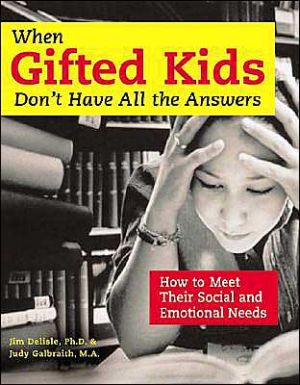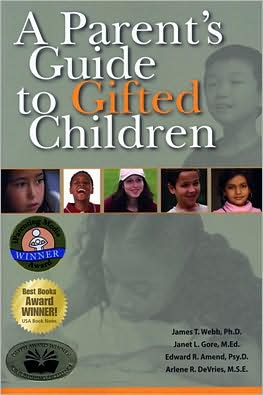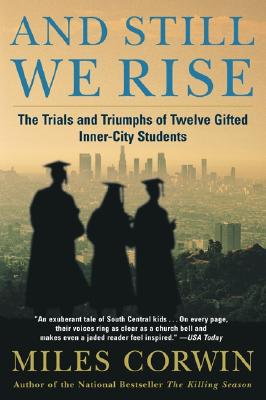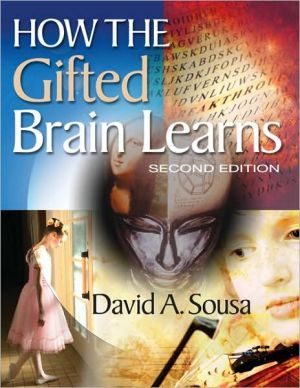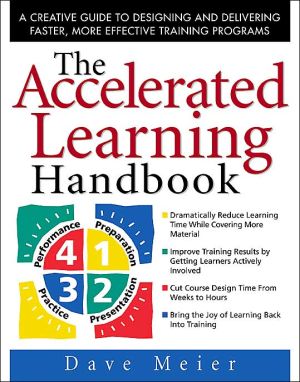When Gifted Kids Don't Have All the Answers: How to Meet Their Social and Emotional Needs
This book offers proven, practical suggestions for encouraging social and emotional growth among gifted, talented, and creative children and youth. The authors explain what giftedness means, how gifted kids are identified, and how we might improve the identification process. Then they take a close-up look at gifted kids from the inside out (their self-image and self-esteem) and the outside in (challenges to their well-being from their family, school, peers, and society in general).
Search in google:
This book offers proven, practical suggestions for encouraging social and emotional growth among gifted, talented, and creative children and youth. The authors explain what giftedness means, how gifted kids are identified, and how we might improve the identification process. Then they take a close-up look at gifted kids from the inside out (their self-image and self-esteem) and the outside in (challenges to their well-being from their family, school, peers, and society in general). Library Journal From the authors of The Gifted Kids' Survival Guide: A Teen Handbook comes another excellent book on dealing with bright students. Most teachers and parents focus on the intellectual needs of gifted students without addressing their ability to handle social situations, academic pressure, teasing, and fear of failure. Though gifted students often appear to be well integrated, a closer look reveals that they frequently experience feelings of isolation, boredom, and even depression. After a significant section devoted to identifying the gifted and the need for specialized education programs for this population, this work delves into the emotional dimensions of giftedness and how to understand gifted kids from the "inside out" through first-person stories, classroom-tested activities, guided discussions, and up-to-date resources. The authors also provide useful strategies for helping gifted underachievers and perfectionists. Although this book is written mainly for classroom teachers and educators of the gifted, anyone interested in helping gifted students gain insights into their social and emotional health will find this volume helpful. Recommended for all public and academic libraries.-Charity Peak, Regis Univ. Lib., Colorado Springs Copyright 2002 Cahners Business Information.
\ Library JournalFrom the authors of The Gifted Kids' Survival Guide: A Teen Handbook comes another excellent book on dealing with bright students. Most teachers and parents focus on the intellectual needs of gifted students without addressing their ability to handle social situations, academic pressure, teasing, and fear of failure. Though gifted students often appear to be well integrated, a closer look reveals that they frequently experience feelings of isolation, boredom, and even depression. After a significant section devoted to identifying the gifted and the need for specialized education programs for this population, this work delves into the emotional dimensions of giftedness and how to understand gifted kids from the "inside out" through first-person stories, classroom-tested activities, guided discussions, and up-to-date resources. The authors also provide useful strategies for helping gifted underachievers and perfectionists. Although this book is written mainly for classroom teachers and educators of the gifted, anyone interested in helping gifted students gain insights into their social and emotional health will find this volume helpful. Recommended for all public and academic libraries.-Charity Peak, Regis Univ. Lib., Colorado Springs Copyright 2002 Cahners Business Information.\ \ \ \ \ School Library JournalVeterans of gifted education classes or workshops will find the first two chapters of this volume, concerned with defining and identifying gifted children, a reasonably good review. But interest ratchets up when the authors share data and evocative writings by the students themselves. Practical strategies to deal with specific emotional problems are given. Enticing discussion questions, group activities, and 31 reproducible pages are offered as a way to begin addressing these concerns. The media center is often the preferred habitat of specially trained gifted teachers and their students, and it often behooves librarians to better understand this clientele. Shrinking budgets around the nation are forcing the dissolution of specialized teaching positions and the mainstreaming of gifted students. So-called "regular teachers" are being required to submit written plans for differentiated instruction of the gifted. This book is an excellent introduction for new collaborations in our multilevel, multitasking research environments. With carefully reasoned suggestions and well-thought-out design, this is an easy, but essential, professional read.-Cindy Darling Codell, Clark Middle School, Winchester, KY Copyright 2003 Reed Business Information.\ \
